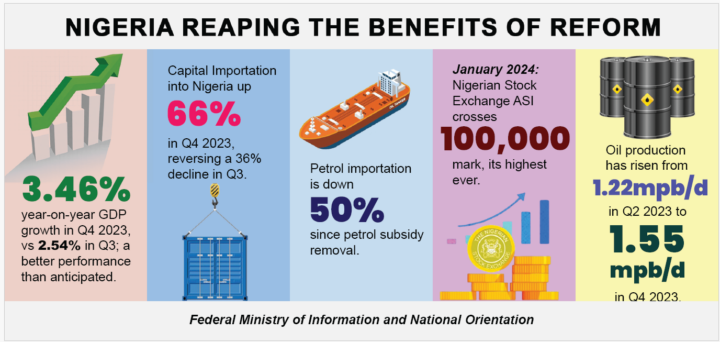Just a few minutes after 8 a.m. of 13 February 1976, General Murtala Ramat Muhammed, the Nigerian former Head of State, was slowly travelling along his usual route on George Street in his Mercedes-Benz car in the infamous Lagos traffic near the Federal Secretariat at Ikoyi in Lagos for work.
Unknown to the former commander who led several wars, a group of soldiers, members of an abortive coup led by Lt. Col. Buka Suka Dimka, emerged from an adjacent petrol station, ambushed the vehicle and killed Muhammed.
THE BACKGROUND
On 29 July 1966, northern soldiers at Abeokuta barracks revolted precipitating a counter-coup, where a group among the officers including Muhammed supported secession and thus gave the code name of the coup ‘A raba’ meaning secession in Hausa.
However, after the success of the counter-coup, a group of civilians including Chief Justice Adetokunbo Ademola, Sule Katagum, head of the Federal Public Service and Musa Daggash, Permanent Secretary, defence convinced the plotters including Muhammed about the advantages of a union.
The counter-coup led to the installation of Lieutenant-Colonel Yakubu Gowon as Supreme Commander of the Nigerian Armed Forces, despite the intransigence of Muhammed who wanted the role of Supreme Commander for himself.
However, as Gowon was his senior in the Military, and found a lack of support from the British and American advisors, General Mohammed caved in.
Gowon rewarded him by confirming his ranking (he had been an acting Lt. Colonel until then) and his appointment (Inspector of Signals.
All the key military leaders, in particular, Odumegwu Ojukwu, military governor of the Eastern Region did not support the acceptance of Gowon as the Head of State.
On 29 July 1975, General Yakubu Gowon was, however, overthrown while attending the 12th summit of the Organisation of African Unity (OAU) in Kampala, Uganda.
Muhammed took power as the new Military Head of State and appointed Brigadiers Obasanjo (later Lt. General) and Danjuma (later Lt. General) as Chief of Staff, Supreme HQ, and Chief of Army Staff, respectively.
But on that fateful day, 13 February 1976, General Murtala Muhammed was killed, along with his aide-de-camp, Lieutenant Akintunde Akinsehinwa, in his black Mercedes Benz saloon en route to his office at Dodan Barracks, Lagos.
The only visible sign of protection was a pistol carried by his orderly, making his assassination an easy task. The assassination was part of an attempted coup led by Dimka, who was executed on 15 May 1976 ]at the Kirikiri Maximum Security Prison in Lagos for treason.
the Chief of Staff, Supreme HQ Olusegun Obasanjo, succeeded him and completed his plan of an orderly transfer to civilian rule by handing power to Shehu Shagari on 1 October 1979.
POLICIES
As head of state, Murtala Muhammed inherited an immense amount of oil and petroleum resources and enormous but untapped natural gas reserves.
But in 1975, Muhammed saw reduced revenue due to low levels of petroleum production; this meant that the military government lacked the projected funds to meet Nigeria’s development plan for 1975.
The decline in petroleum production in 1975 was due to a global fall in demand, high costs of spare parts and high labour costs.
FLASHBACK: On This Day in 1966, Ahmadu Bello, Others Were Assassinated
In a short time, Murtala Muhammed’s policies won him broad popular support, and his decisiveness elevated him to the status of a folk hero.
However his highly popular, often televised “with immediate effect” style of governing, also gained some criticism amongst the country’s top civil servants – some of which were Nigeria’s top intellectuals.
His ad-hoc Presidential proclamations left his civil service often unprepared, lacking details or even funding to implement his ideas, and his administration led to the dismissal of thousands of civil servants.
As head of state, Muhammed put in place plans to build a new Federal Capital Territory to decongest Lagos.
He set up a panel headed by Justice Akinola Aguda, which chose the Abuja area as the new capital ahead of other proposed locations.
On 3 February 1976, Muhammed announced that the Federal Capital would in the future move to a federal territory location of about 8,000 square kilometres in the central part of the country.
Towards the end of 1975, the administration implemented a mass purge in the Nigerian civil service. The civil service was viewed as undisciplined and lacking a sense of purpose.
A retrenchment exercise was implemented as part of a strategy to refocus the service.
However, because of the drastic nature of the purge, allegations that malice and revenge were used by heads of department in recommending people for retrenchment surfaced, and little was done to scrutinize the details and reasons staff were disengaged.
FLASHBACK: Zaria Massacre – A Story of Mass Graves, Detention, Litigation and Denial
This period in Nigerian history, from the Northern counter-coup victory to Murtala’s death, is commonly associated with the institutionalization of the military in politics.
In the coup d’état that brought him to power, he introduced the phrases “Fellow Nigerians” and “with immediate effect” to the national lexicon.
Murtala Muhammed was born on 8 November 1938, in Kano. His father, Muhammed Riskuwa, was from the Fulani Genawa clan, who had a history of Islamic jurisprudence as both his paternal grandfather Suleman and paternal great-grandfather.
Today, Muhammed’s portrait adorns the 20 Naira note and Murtala Muhammed International Airport in Lagos is named in his honour.




